Introduction
In the heart of Japanese culture lies the elegant and intricate art of family crests, known as mon or kamon. These symbols, transcending mere artistic expressions, serve as deep-seated emblems of identity and heritage. Today, let us delve into this refined tradition, exploring how it has shaped and been shaped by the ethos of Japanese society.
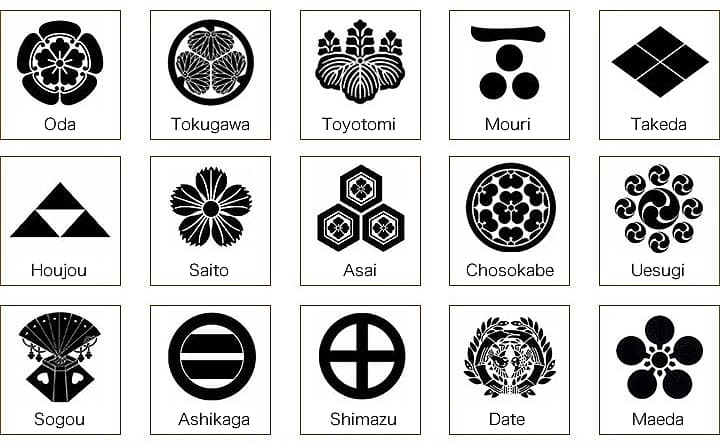
The Origins of Kamon
The genesis of kamon dates back to the Heian period (794-1185 AD), initially manifesting as simple geometric patterns. These symbols were not just ornamental but were vital in identifying aristocratic bloodlines. As the warrior class, or samurai, rose to prominence, the complexity and variety of kamon expanded dramatically. Each design bespoke the wearer’s lineage, status, and even individual accomplishments. This historical backdrop sets the stage for kamon as not only a visual art form but also a narrative of feudal Japan’s socio-political landscape.
The Aesthetic Evolution
As kamon evolved, so too did their aesthetic diversity. From flora and fauna motifs to abstract designs, each crest began to acquire a distinctiveness that mirrored the family it represented. The artistry involved in creating these crests reflects a deep mastery of minimalism and symbolism, characteristics revered in Japanese art.
The Godaion: A Tapestry of Japanese Heritage
In the vibrant narrative of Japanese heraldry, the Godaion stand as pillars of symbolic importance. These five major kamon designs—fuji, kiri, takanoha, mokko, and katabami—carry with them stories of nature, symbolism, and aristocratic values. Each design not only beautifies but also communicates deep cultural significance, resonating through the ages.
1. Fuji (Wisteria)
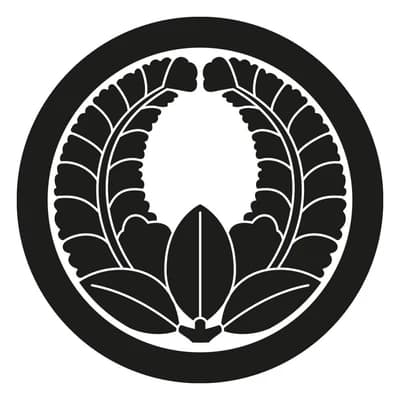
The fuji (藤) crest features the elegant draping of wisteria flowers, a symbol of grace and long-lasting connections. Historically, the Fujiwara clan, a powerful family of regents, adopted this emblem to signify their enduring influence and nobility in Japanese society. The cascading flowers of the wisteria represent the strength and resilience that define the cultural ethos of the families who bear this crest.
2. Kiri (Paulownia)
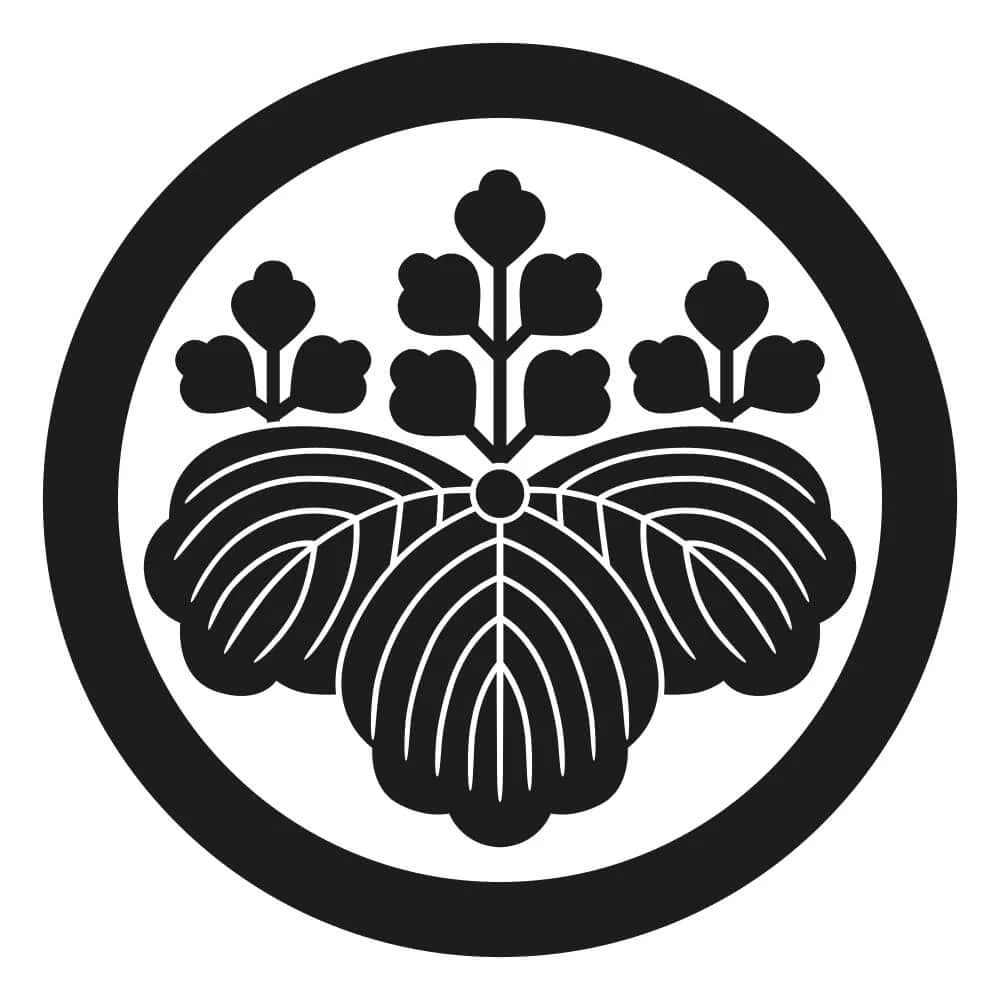
The Kiri (Paulownia) crest features the Paulownia flower, an emblem of dignity and respect. It is famously associated with the government and royalty, reflecting its use by the Empress herself. The bloom’s resilience and the ability to regrow from its burnt wood symbolize renewal and enduring grace, virtues highly esteemed in Japanese culture.
3. Takanoha (Feathers of Hawks)
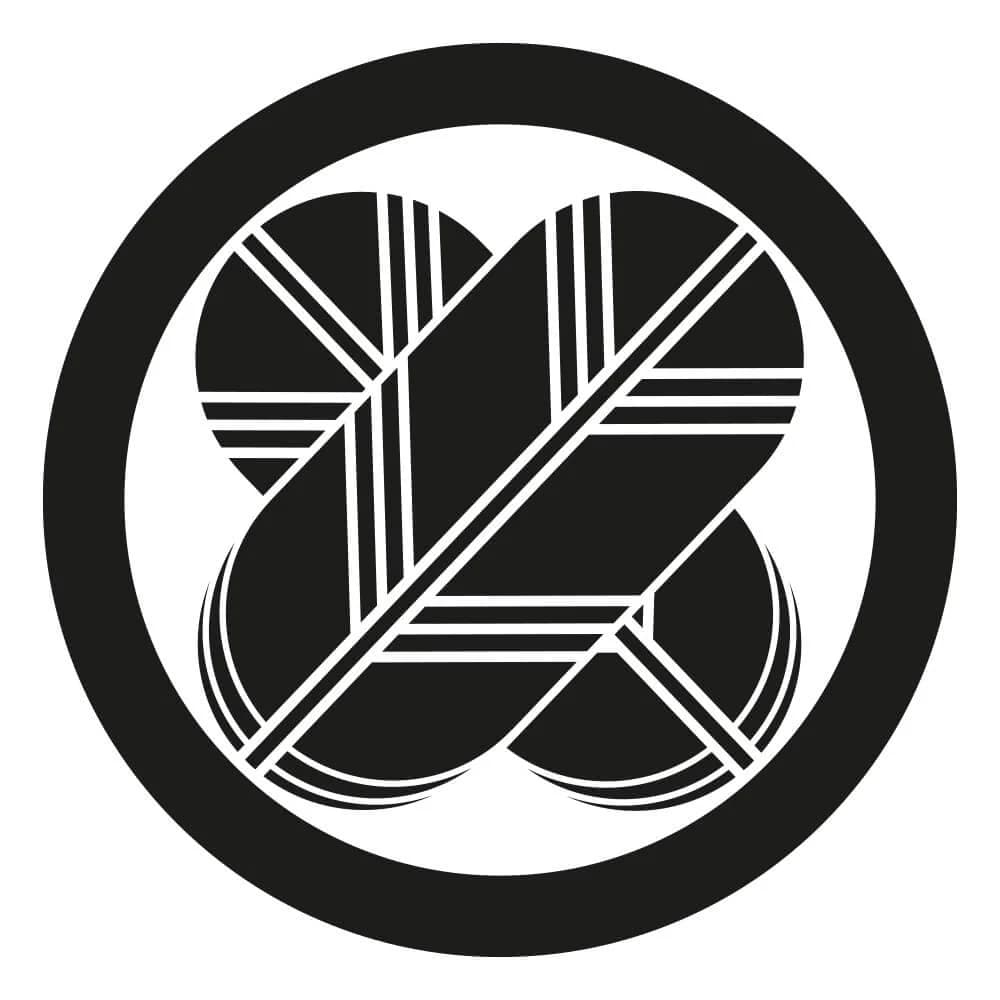
The takanoha crest, depicting the feathers of hawks, symbolizes heightened awareness and martial prowess. It illustrates the vigilance and the swift decisiveness required of samurai. This crest was popular among warrior families, emphasizing the skills and the spiritual readiness expected of them. The feathers, arranged meticulously, reflect a life led with strategic precision and sharp intellect.
4. Mokko (Cross-section of a Gourd)
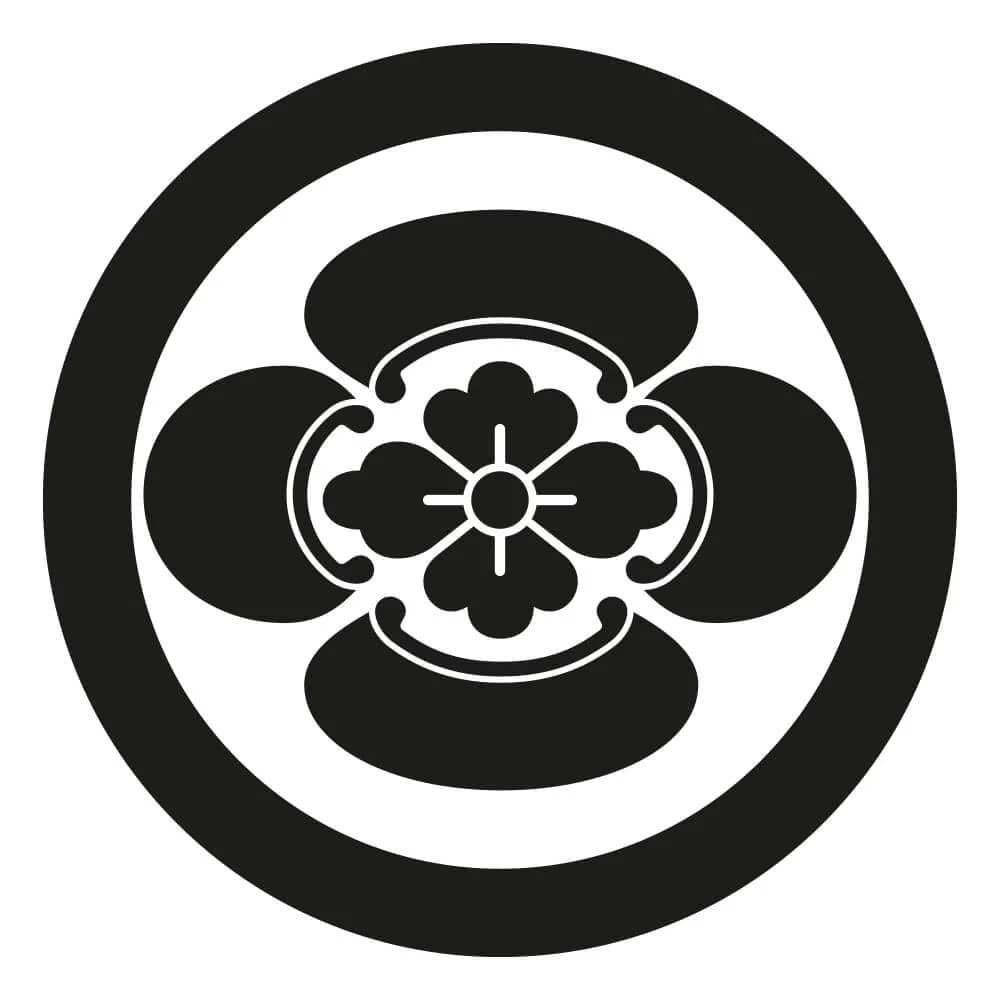
The mokko design, shaped like a melon or a gourd slice, carries connotations of prosperity and fertility. Its rounded, lobed form is pleasing and suggests a sense of completeness and balance. This emblem is a favorite among various families, not tied to a specific lineage, which underlines its universal appeal and the common desire for growth and abundance.
4. Katabami (Yellow Sorrel)
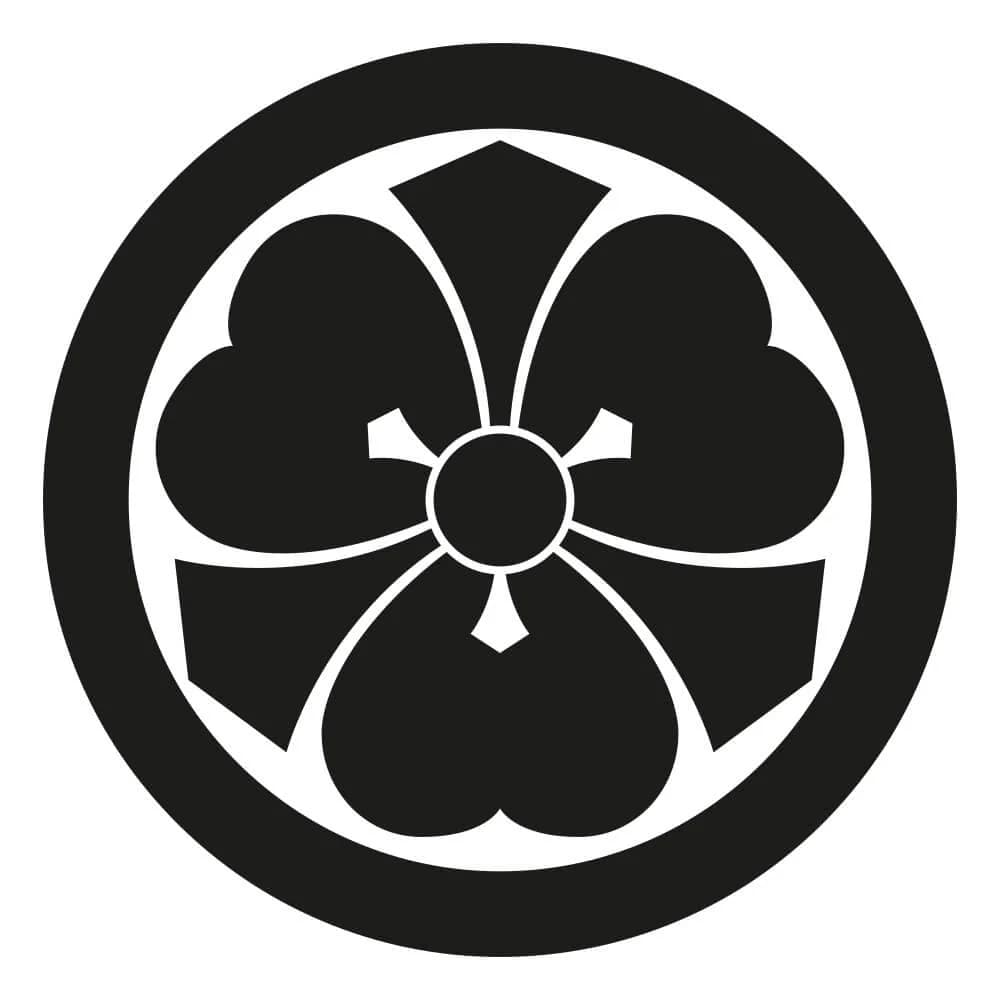
Finally, the katabami crest features the leaves of the yellow sorrel, symbolizing resilience and adaptability. The heart-shaped leaves and the prolific nature of the sorrel speak to the survival and prosperity of those who adopt this crest. It is especially favored among warrior classes for its connotations of victory and the flourishing of one’s lineage.
The Broader Context: Judaimon
Beyond these five, the Judaimon refers to the ten most commonly used kamon in Japan, encompassing the Godaion and additional crests that have played significant roles in Japanese heraldry.
These additional five kamon that complement the Godaion to form Judaimon are:
- Botan (Peony)
- Tachibana (Mandarin Orange)
- Ume (Plum Blossom)
- Ageha-cho (Swallowtail Butterfly)
- Rindo (Gentian)
These symbols collectively depict a broader panorama of the cultural, historical, and spiritual landscape of Japan. They weave a story of a people deeply connected to nature, their ancestors, and the virtues that have guided them through centuries.
Kamon in Japanese Art and Everyday Life
The integration of kamon into various forms of Japanese art and daily objects extends far beyond their origins as family crests. Their aesthetic appeal and deep symbolic meanings have seen them woven into the very fabric of Japanese culture, from the delicate threads of kimonos to the broad strokes of public and private artifacts.
Kimonos: Weaving Identity with Fabric
Kimonos, the traditional Japanese garment, often feature kamon in their designs, especially in formal wear. These crests are not merely decorative; they communicate the wearer’s family background, social status, and personal identity. Positioned strategically on the fabric—typically on the back, chest, and sleeves—kamon on kimonos serve as a visual dialogue about one’s lineage and societal role. During significant events like weddings or funerals, the presence of family crests on kimonos underscores respect for heritage and the continuity of family legacy.
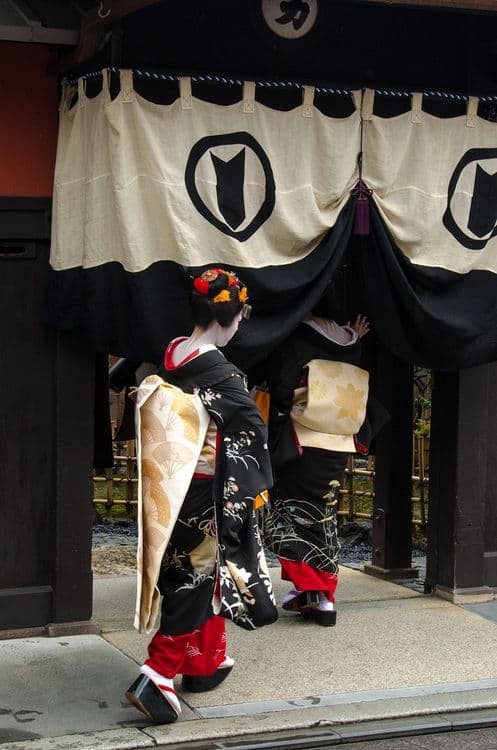
Ceramics and Lacquerware: Crafting Beauty and Tradition
Kamon also adorn a variety of Japanese ceramics and lacquerware. These items, ranging from daily use bowls and plates to ceremonial tea sets, often bear the crest of the family for whom they were made. The inclusion of kamon in these artifacts adds a layer of personalization and exclusivity, transforming everyday objects into heirlooms and symbols of familial pride.
Architecture and Stone Carving: Building with Symbols
Beyond movable art, kamon find their place in Japanese architecture and garden design. Gates, lanterns, and roof tiles featuring family crests are common in traditional Japanese homes, particularly those belonging to families of historical significance. In public spaces like temples and castles, kamon can be seen carved into stone or wood, serving as enduring tributes to the patrons or historical figures associated with these structures.
Ukiyo-e and Other Art Forms: Capturing the Floating World
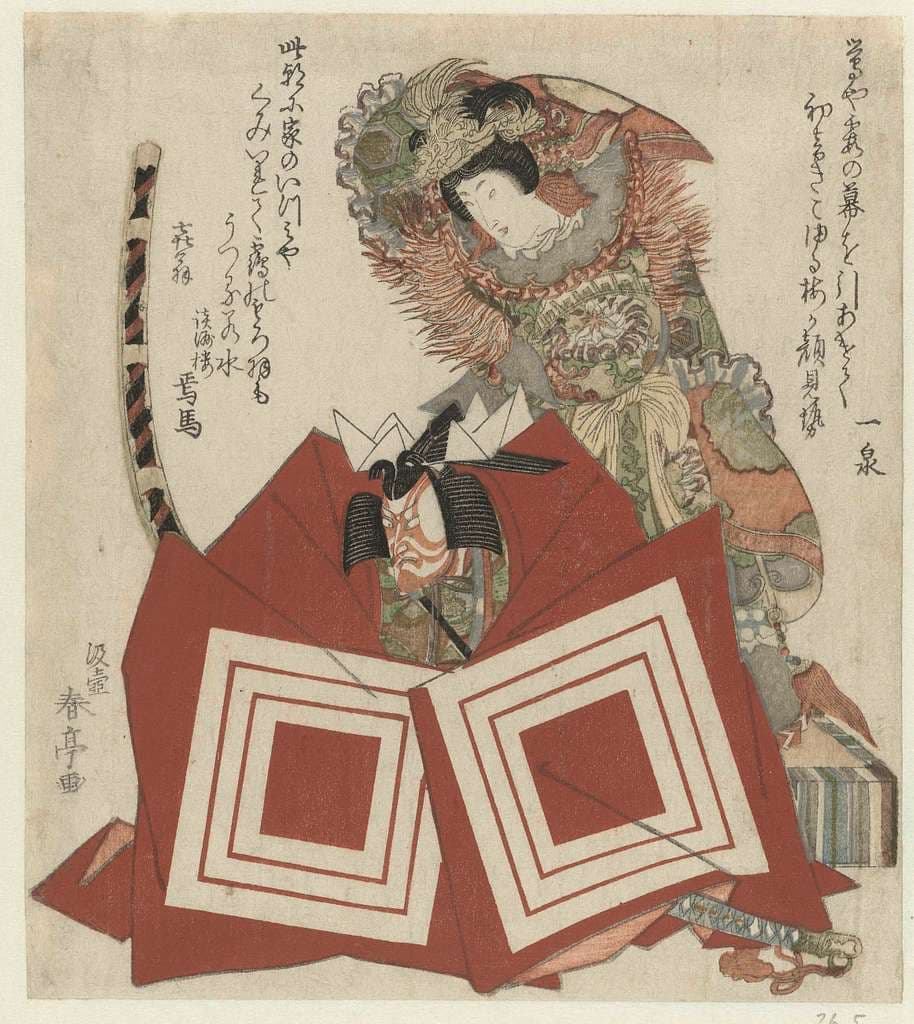
In the world of ukiyo-e art, kamon appear subtly within the intricate woodblock prints. Artists would integrate these crests into scenes depicting historical narratives or theatrical acts, using them to provide context and authenticity to the figures portrayed. Beyond ukiyo-e, kamon are also a subject in other artistic endeavors such as ink painting and metalwork, where they are stylized and celebrated as quintessential elements of Japanese aesthetic philosophy.
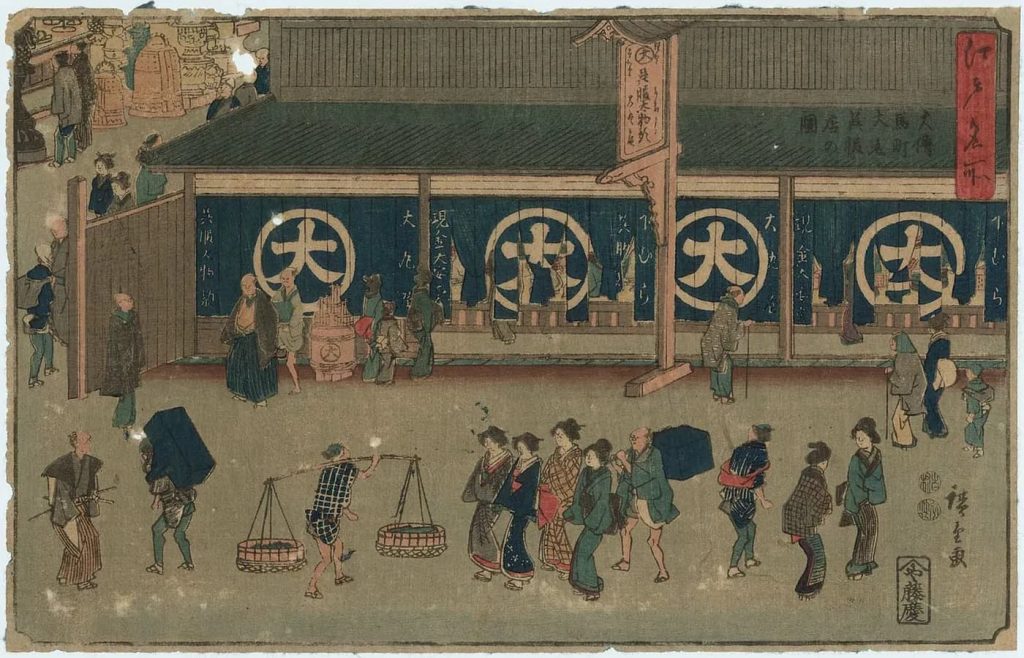
In Modern Times: A Resurgence of Heritage
In contemporary Japan, the allure of kamon remains robust. With the revival of interest in traditional cultures, kamon are increasingly seen in modern fashion, graphic design, and even corporate branding. This resurgence underscores their timeless appeal and the ongoing reverence for Japan’s heritage, adapting ancient symbols to speak to new generations.
Conclusion
The art of kamon beautifully encapsulates the Japanese aesthetic ideals of simplicity, elegance, and symbolism. Each crest, with its unique design and historical significance, tells a story of familial pride and cultural continuity. As we explore these symbols, we not only appreciate their artistic merit but also gain insights into the values and history of Japanese society. Thus, the legacy of kamon remains a vibrant and integral part of Japan, enduring as a testament to its rich heritage and artistic tradition.
For a visual glossary of Japanese Kamon, refer to the Representative Japanese Kamon Crests article by doyouknowjapan.com.
Read more:
- Collecting Ukiyo-e Art: A Guide for Beginners
- 11 Most Influential Ukiyo-e Artists: Masters of Japanese Woodblock Prints
- The 12 Most Important Ukiyo-e Artworks of All Time
- Kuniyoshi Utagawa: A Master of Ukiyo-e and Musha-e
- The Timeless Tradition of Hanko in Japanese Art and Ukiyo-e
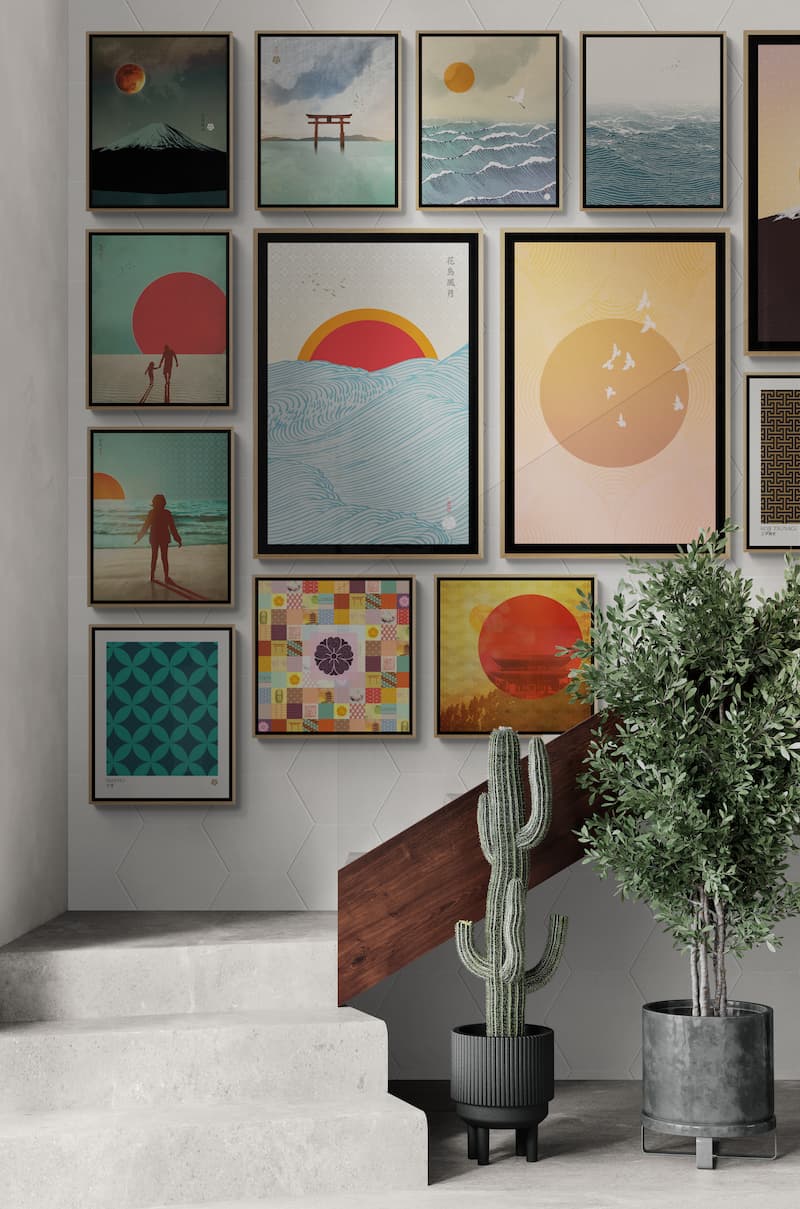
At The Art of Zen we carry our own hand-crafted original Japanese art prints in the ukiyo-e and Japandi style. Some of our best selling work is Mount Fuji wall art and Japandi wall art.
Add some zen to your space with brilliant original art from the Art of Zen shop.
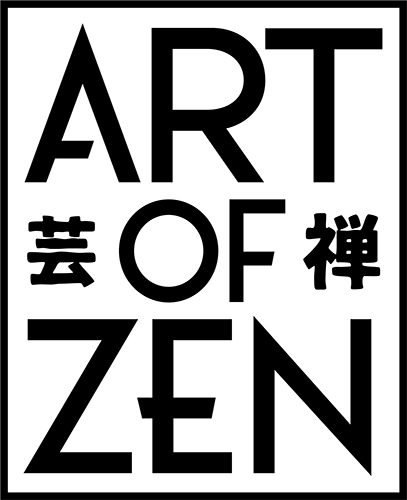
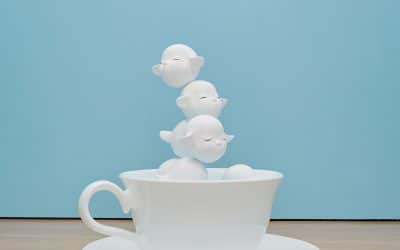
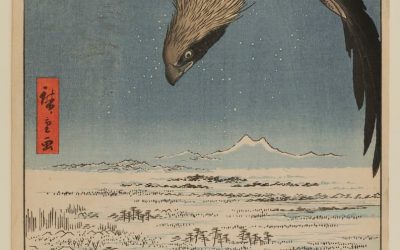

0 Comments